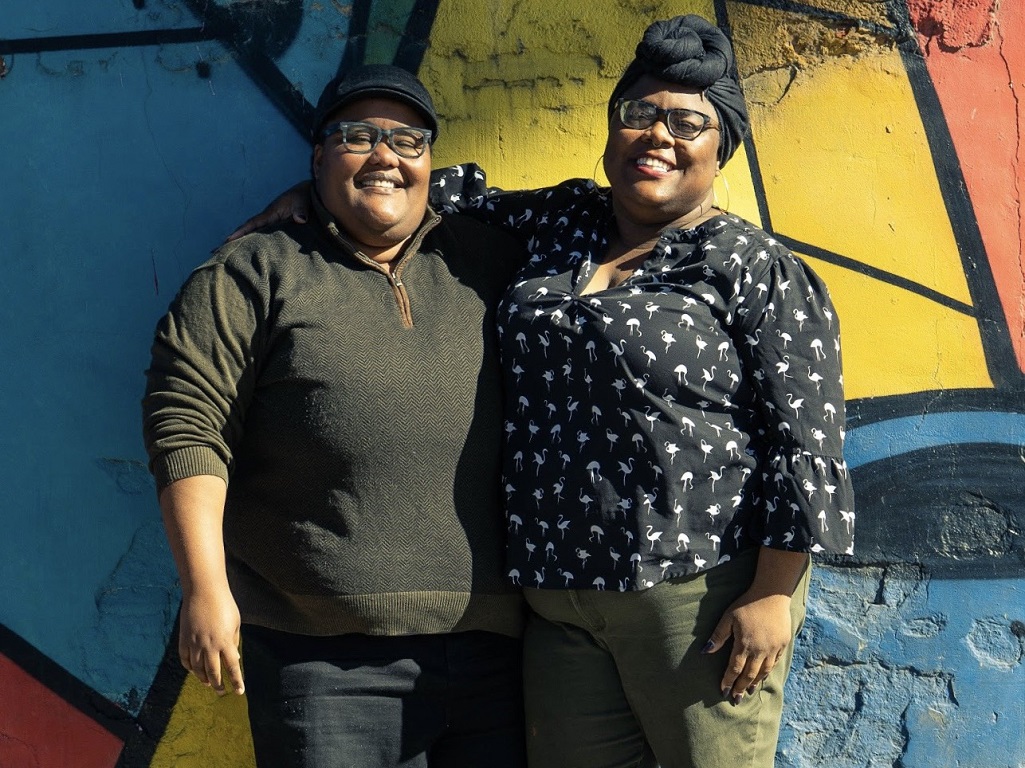In Critiques For The Culture's latest contribution to GayRVA, Taneasha White and Brooke Taylor examine TheatreLAB's An Octoroon, and ask: Did this play about racial relations in the 19th century -- and today -- achieve its intended goal? Critiques for The...


